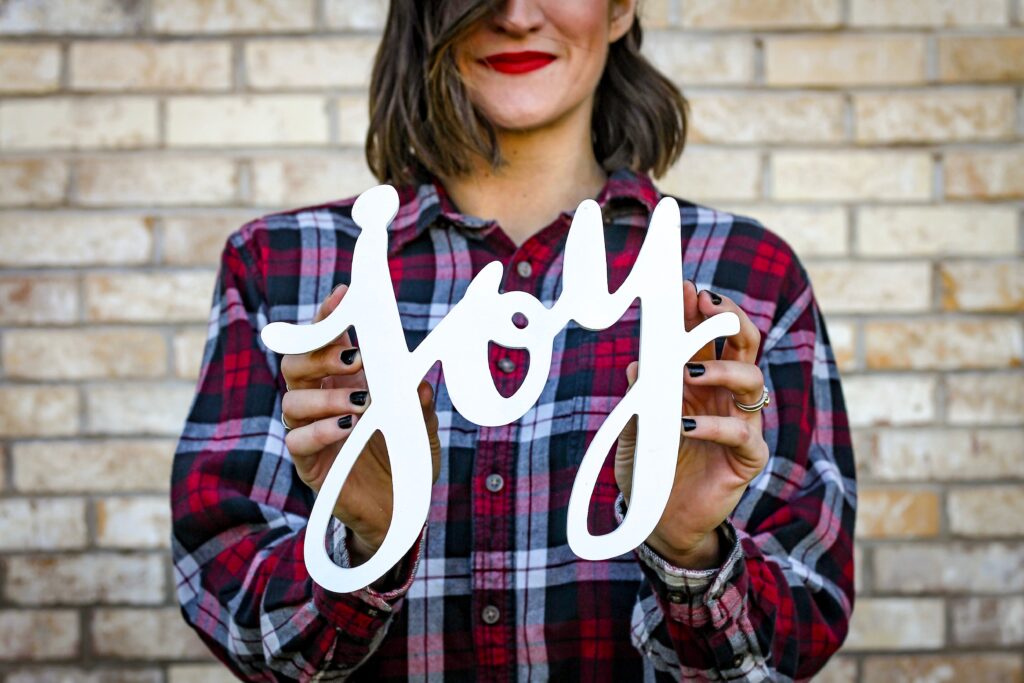Anything can be a trigger for grief. Unexpected things catch us off guard and return us to pain.
Every day I walk by a set of pictures with my 3 children. I remember when they were taken. All of them are high school senior pictures. The girl’s pictures were professionally taken. I took my sons picture at Daniel’s Park, one of his favorite hang-out places.
At Daniel’s Park, we climbed down the ravine to find the perfect place, a ledge that he visited frequently. We spent the day together, laughing, clowning around and bonding. He loved posing. I loved being the photographer.
These are all great memories that bring joy and gladness to my heart. However out of the blue, instead of making me happy, his photo made me sad. Tears welled up, and my neck became incredibly tight. How could something that normally gives me joy now bring grief?
It was my thoughts of missing him that started it all. His 27th birthday was just a few days prior. I was sad because he was not here to celebrate.
Identifying what triggered my grief was easy and obvious on this occasion. Sometimes it is not so simple. In fact, it can be quite difficult to know what sets your grief in motion unless you are able to identify your reactions to the triggers.
A song, a location, a word, a smell, a birthday, anniversary, or holiday can set you off. Even days of the week, month, or year.
Developing body awareness is essential in being prepared of difficult situations. For example, you may experience a heavy feeling in your heart, difficulty breathing, sudden crying or anger outbursts. You could be in shock or even denial.
Once you create an awareness of your reactions you can backtrack to what created that response. It may be an event that happened immediately before, or could be hours or days, building up over time. Think about it and pinpoint what it was. It could also be a thought you had, something that was said to you or seeing an object or person. Now that you have identified the trigger through awareness of your responses, you can prepare yourself for the next event that spurs your grief.
When I was triggered by my sons’ picture, I was ready with my coping skills. I think about my loss and accept that it cannot be changed. I can change the way I react to his death though. My emotional home is where I live so if I live in pain and grief, that is what I will experience. I get to choose my thoughts and I want to live in joy.
I used box breathing to get control of my breath and slow it down. I was quickly able to relax. I stepped into gratitude for what I have. I have a life worth living. I have a wonderful family. I am grateful I get to help other grieving moms.
This took the focus off the negative and enabled me to create a positive mindset. I gained control over the trigger with coping skills and was able to move forward with my day. This has taken practice to get to this point. It is not always easy. It is worth it though.

If you are ready to understand your grief, schedule an appointment with me today.




